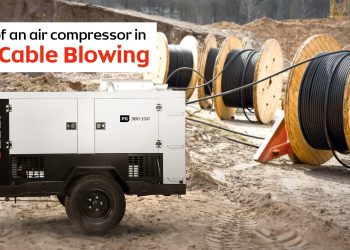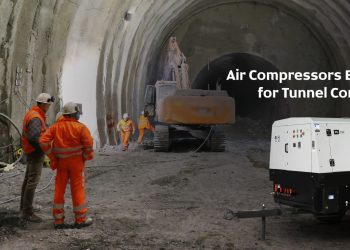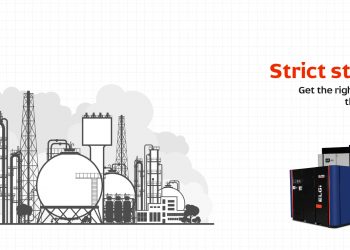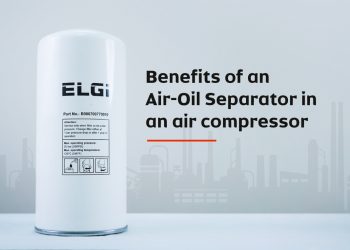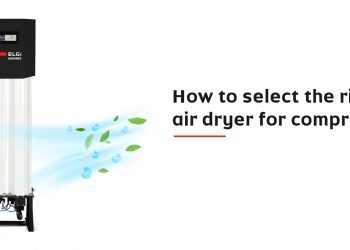A Comprehensive Guide on Finding and Fixing Air Compressor Leakages.
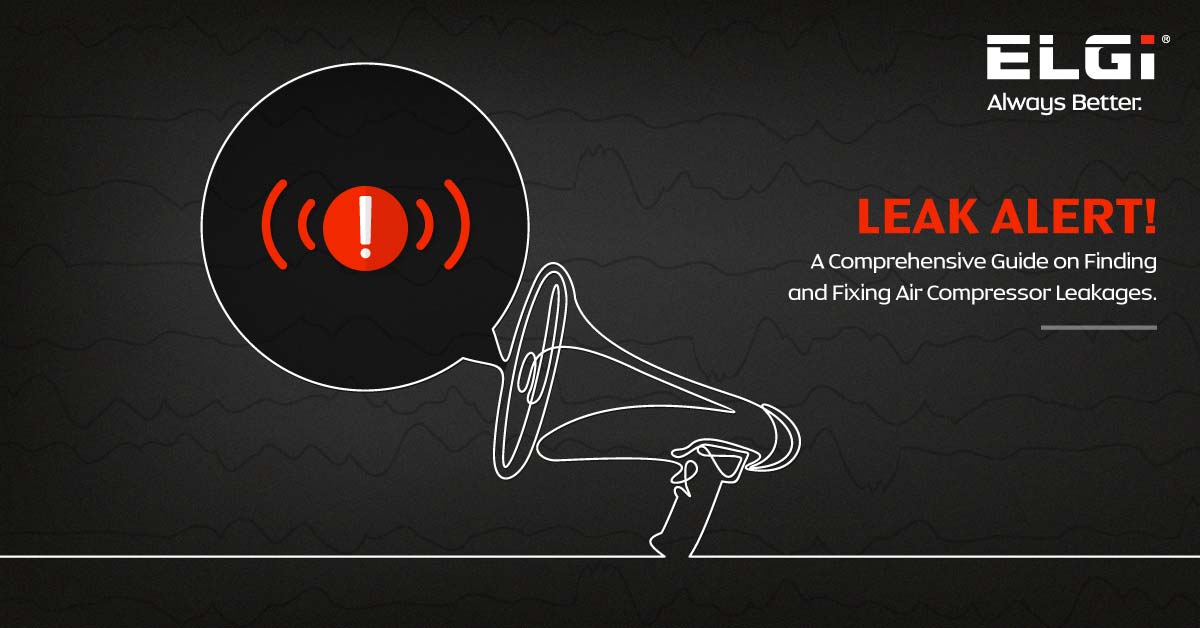
Importance
Leaks in a compressed air system can waste your operating budget on high electricity consumption every year. In many manufacturing and processing plants, the leakage can account for up to 20% of the total operational cost of the compressor. The most common areas where you might find leaks are connection joints like valves, unions, couplings, fittings, etc. This can also cause the compressed air system to lose pressure which reduces the efficiency of the pneumatic tools or machines that make use of compressed air in the system, like an air-operated actuator being unable to close a valve, for instance, and may cause rejections in the end product. Therefore, to improve the energy efficiency and to get the optimum productivity, you should fix your compressed air system.

Compressor air leakage formulae
One simple way to estimate how much leakage a system has is to turn off all of the point-of-use devices / pneumatic tools, then start the compressor and record the average time it takes for the compressor to cycle on and off. The total percentage of leakage is calculated as follows:
% Percentage = [(T x 100) / (T + t)]
T = on time in minutes
t = off time in minutes
The percentage of the compressor's capacity that is lost should be under 10% for a system that is properly maintained.
The below table may be helpful to identify, quantify, and assess the cost of the leaks in the system.
| SN | Machine description | Location | Approx. leak (cfm) | Approx. energy cost of air leak | Photos | Parts required to rectify leak | Approx. cost of components required to rectify leak | Status |
|---|---|---|---|---|---|---|---|---|
| 1 | ||||||||
| 2 |
Compressed air leak detection
-
There are various methods to detect air compressor leakage in the system. The best way is with the use of an Ultrasonic leak detector test. The instrument uses high-frequency sound and is very sensitive to sound. It will help to identify the minimal leak in the system within the blink of an eye. Of course, the result of the instrument is affected by background conditions.
-
The simplest method is to use soap solution at the joints or any suspected area. It is cost-effective, but time-consuming and involves extra work.
Fixing compressed air leakage
-
Fixing the leaks can be as simple as tightening the joints, fittings
-
Replace faulty components such as pressure regulators, quick fittings, hoses, valves
-
Replace service kits of actuators as per schedule
-
Another approach to fix compressor leakage is to identify the pressure required for equipment to operate and supply the required pressure using local pressure regulating components. This will reduce the pressure in the system, thereby improving the life of pneumatic components.
Re-check the % percentage leak as per the formula and assess the improvement in energy cost.
Few other points to consider
-
Most leaks may occur in the machines that are not being operated. Cutting off the air supply to those machines will save some energy, and cost of components
-
Training the employees regarding the importance of air leaks will help to identify quick
-
Documentation - Tagging of the leak, tracking, repair, and verification of the leak will help to create a repository for future reference and pave the way for improvements
ELGi’s Air audit may help users identify leakages and deploy solutions to address the air compressor leak. Our Audit Report includes identifying all the Big, Medium, and Small leaks in the compressed air system network and providing recommendations on short, medium, and long-term measures for energy conservation, along with financial estimates and analysis for their implementation. The audit involves a wide range of sophisticated, portable diagnostic and measuring instruments to generate refined data and facilitate complex analysis to give a more reliable basis for identifying leaks, evaluating performance, energy saving measures, and economic viability.
Therefore, to optimize your compressed air system get an air audit to identify and stop Air Compressor leakages.



